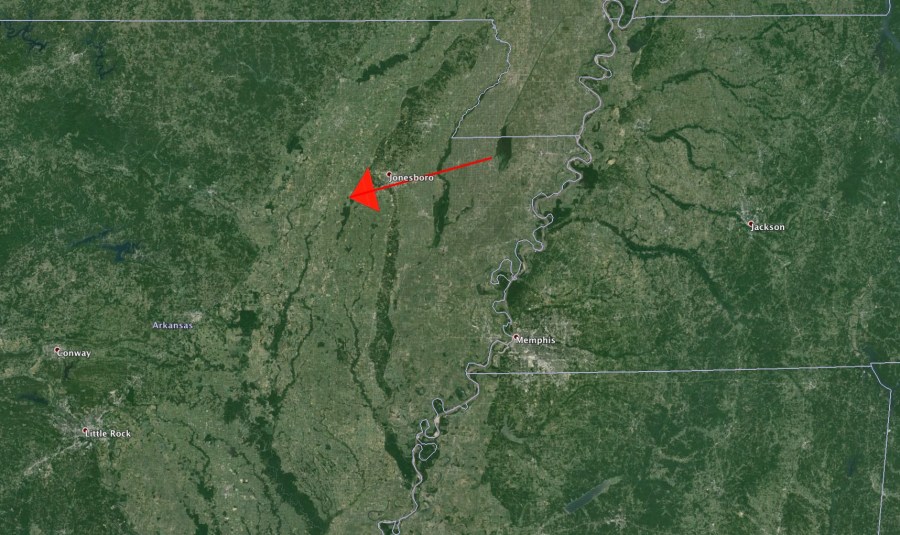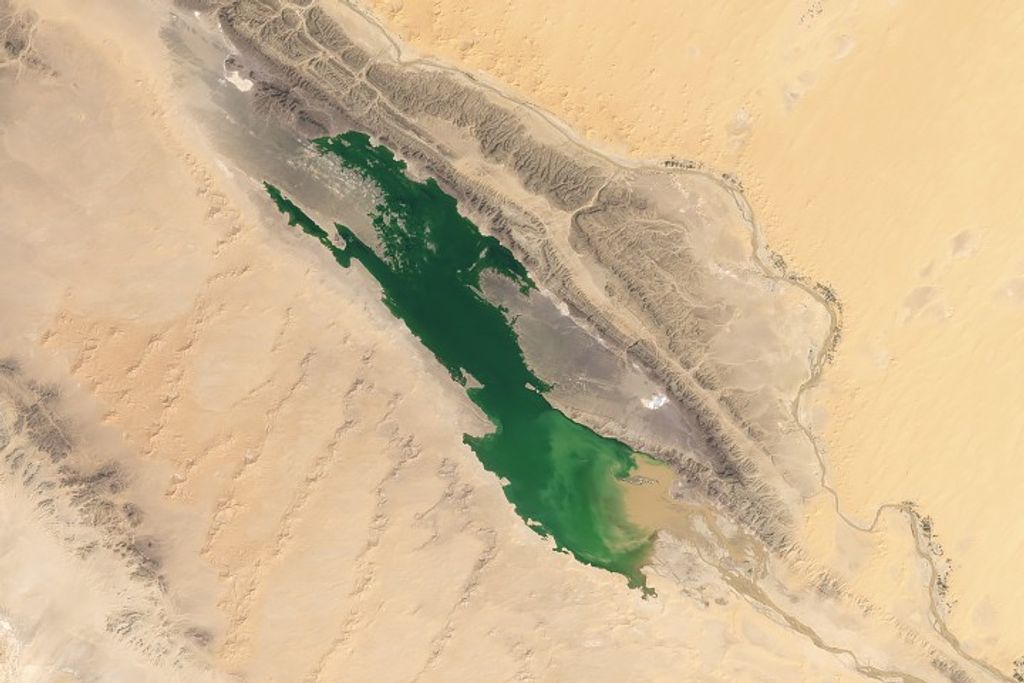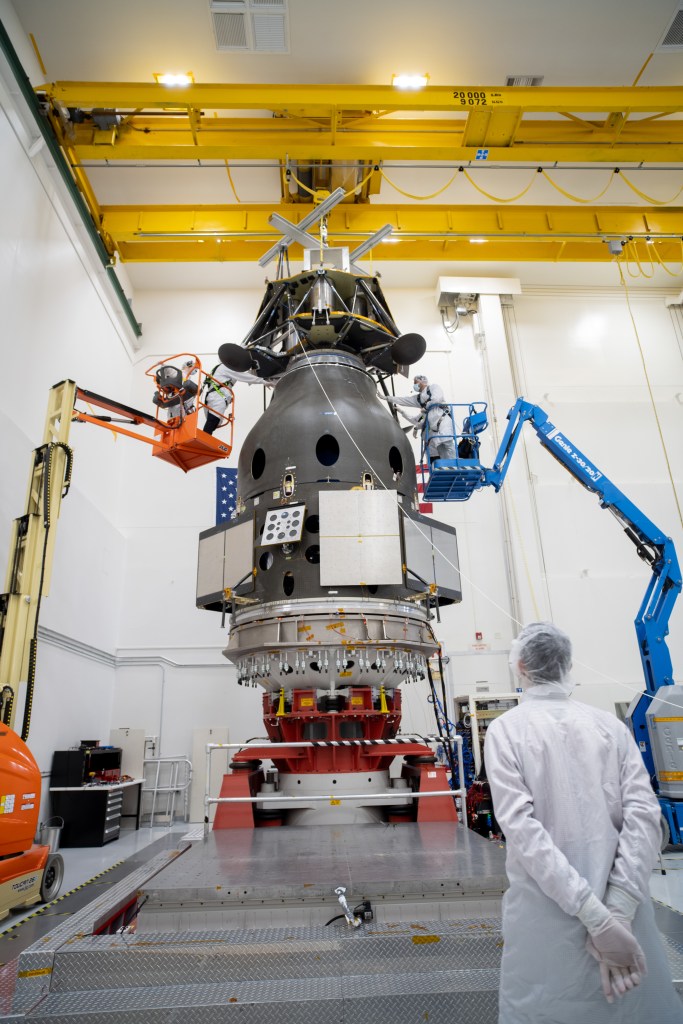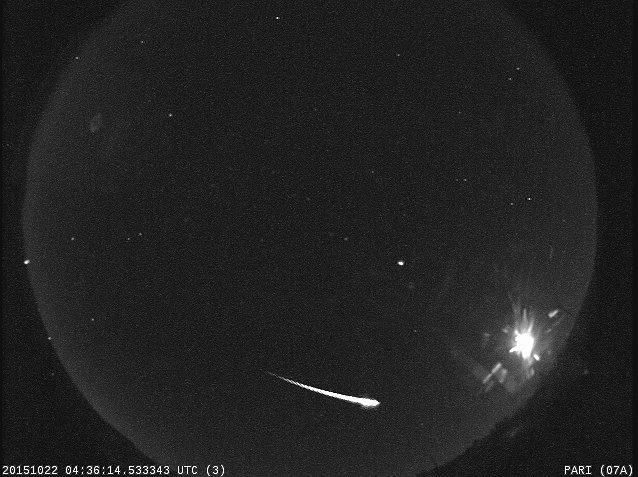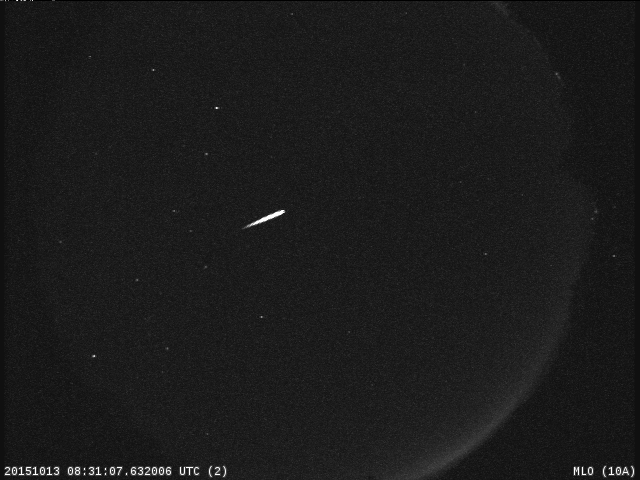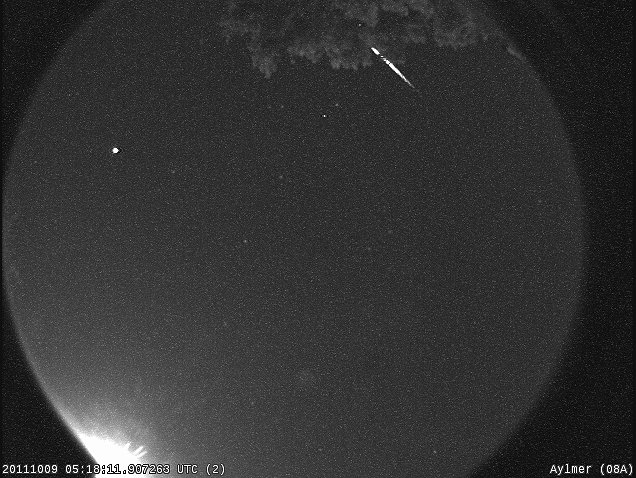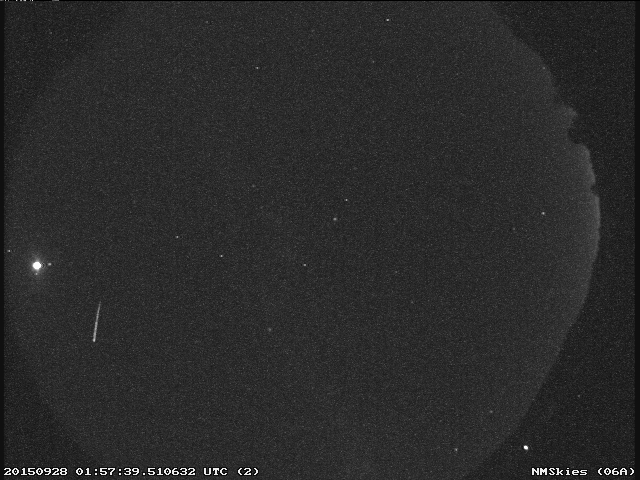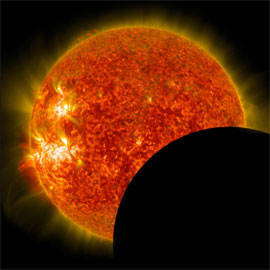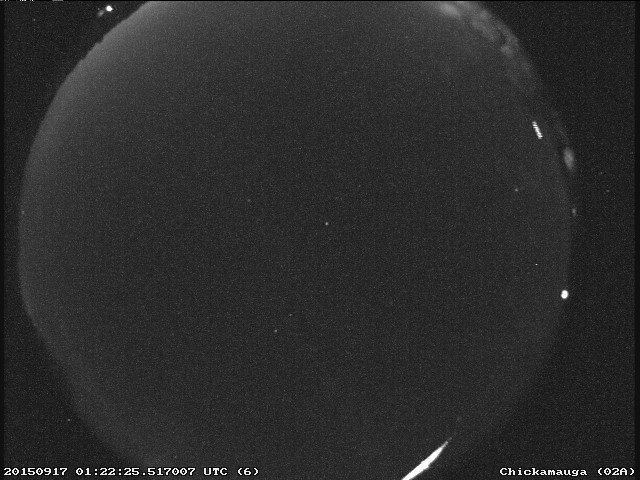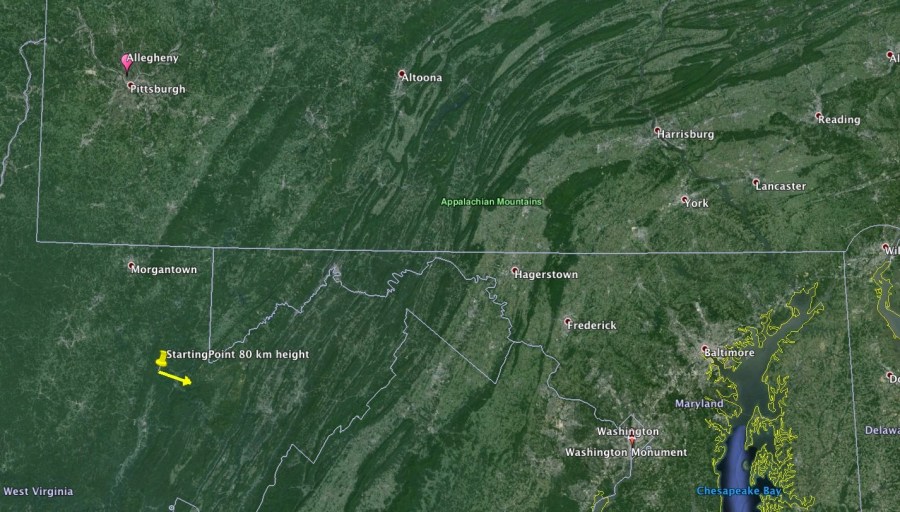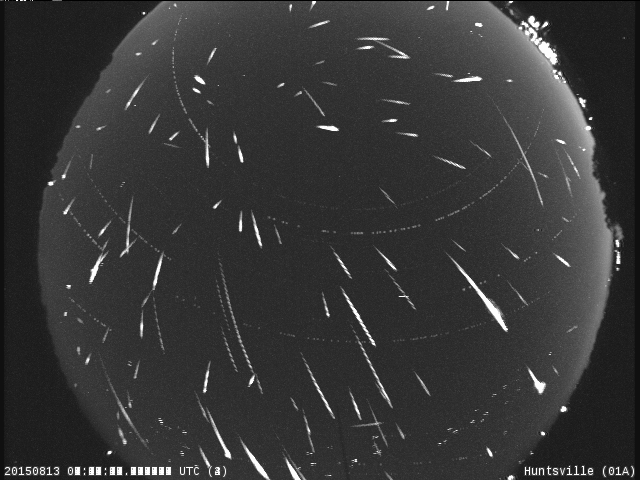On November 11 at 5:41:17 PM CST there was a fireball detected on two NASA cameras; one located at Marshall Space Flight Center in Huntsville, Alabama and the other in Tullahoma, TN. Last evening’s fireball was just across the Tennessee/Arkansas border over the town of Jonesboro, Arkansas (NW of Memphis – see ground track image …
Fireball Seen in Early Evening Sky on Veterans Day
